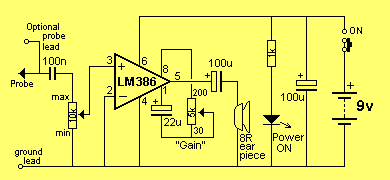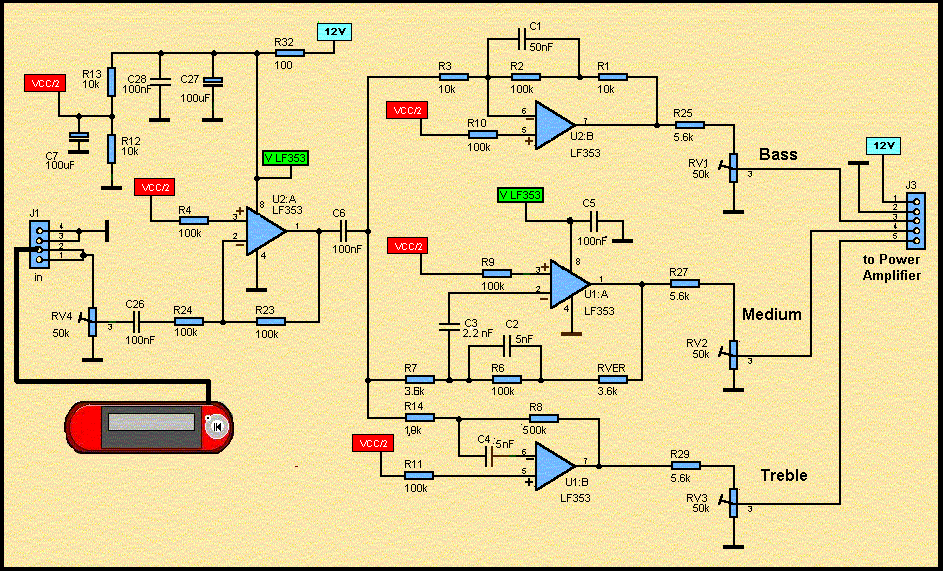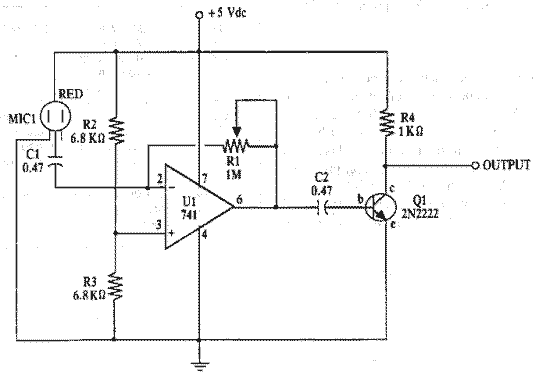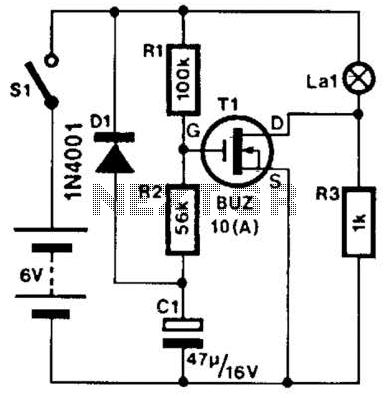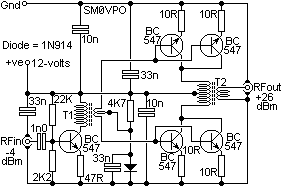
help me identify this amp
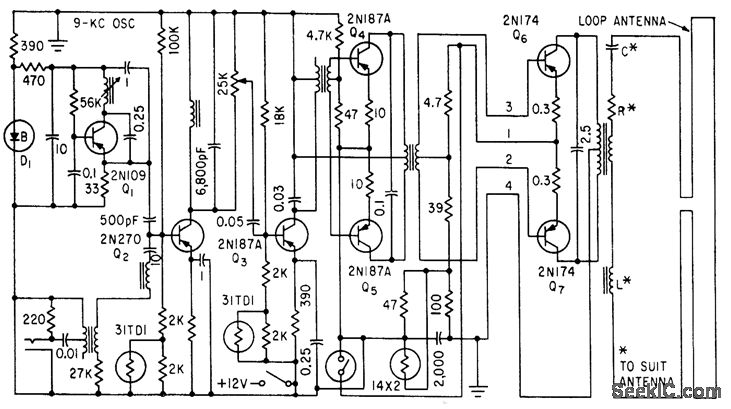
A long-time observer has acquired four vintage amplifiers for their enclosures, but with limited knowledge of older equipment, they have not made much progress.
The project involves the restoration and utilization of vintage amplifiers, which typically feature discrete component designs and analog circuitry. These amplifiers may vary in specifications, but generally include input stages, gain stages, tone control circuits, and output stages.
The input stage usually consists of a differential amplifier configuration, which amplifies the audio signal while minimizing noise. This is followed by a gain stage, typically employing transistors or vacuum tubes, which further increases the signal level. Tone control circuits may be included to allow users to adjust bass, midrange, and treble frequencies, enhancing the listening experience.
The output stage is crucial for driving speakers and may utilize push-pull configurations to improve efficiency and reduce distortion. Depending on the design, the amplifiers may feature transformers for impedance matching and signal coupling.
For restoration, it is essential to assess the condition of each amplifier, checking for component degradation, such as capacitors that may have leaked or resistors that have drifted from their original values. Replacement of these components with equivalent or upgraded parts can significantly enhance performance.
Moreover, ensuring proper grounding and shielding is vital to minimize hum and interference. A thorough cleaning of the circuit boards and connections will also help in maintaining optimal performance.
Once restored, these amplifiers can be integrated into a sound system, providing a warm, rich audio experience characteristic of vintage equipment. Proper testing and calibration will ensure that they operate within their intended specifications, delivering high-quality sound reproduction.Hi Sluts! long time lurker here, a while ago i bought 4 of those old amps for the case, and with my limited knowledge of old equipement, i never realy.. 🔗 External reference
The project involves the restoration and utilization of vintage amplifiers, which typically feature discrete component designs and analog circuitry. These amplifiers may vary in specifications, but generally include input stages, gain stages, tone control circuits, and output stages.
The input stage usually consists of a differential amplifier configuration, which amplifies the audio signal while minimizing noise. This is followed by a gain stage, typically employing transistors or vacuum tubes, which further increases the signal level. Tone control circuits may be included to allow users to adjust bass, midrange, and treble frequencies, enhancing the listening experience.
The output stage is crucial for driving speakers and may utilize push-pull configurations to improve efficiency and reduce distortion. Depending on the design, the amplifiers may feature transformers for impedance matching and signal coupling.
For restoration, it is essential to assess the condition of each amplifier, checking for component degradation, such as capacitors that may have leaked or resistors that have drifted from their original values. Replacement of these components with equivalent or upgraded parts can significantly enhance performance.
Moreover, ensuring proper grounding and shielding is vital to minimize hum and interference. A thorough cleaning of the circuit boards and connections will also help in maintaining optimal performance.
Once restored, these amplifiers can be integrated into a sound system, providing a warm, rich audio experience characteristic of vintage equipment. Proper testing and calibration will ensure that they operate within their intended specifications, delivering high-quality sound reproduction.Hi Sluts! long time lurker here, a while ago i bought 4 of those old amps for the case, and with my limited knowledge of old equipement, i never realy.. 🔗 External reference
